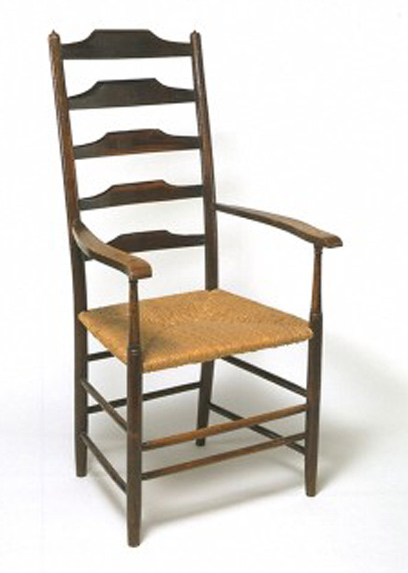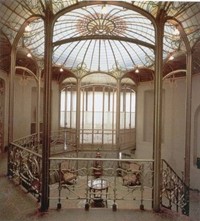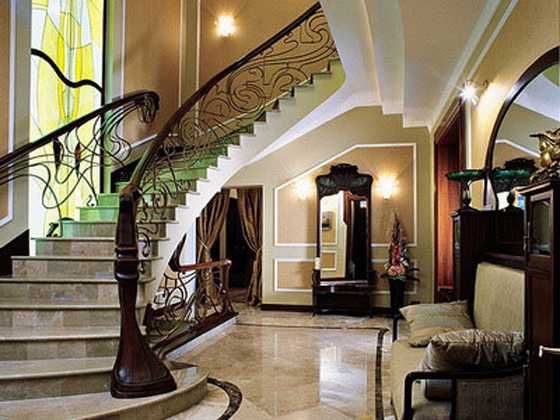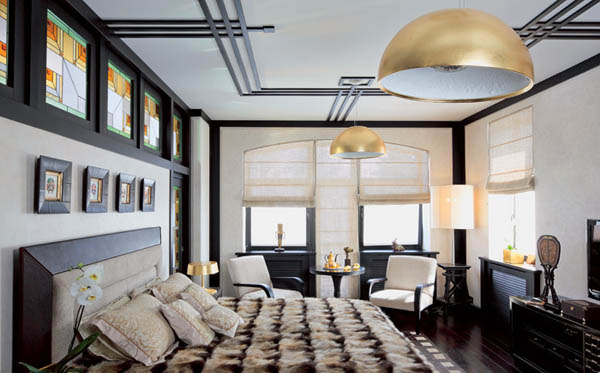The arts and crafts movement began in England, from 1860-1910. The founder of this movement was William Morris, he was influenced by the writings of Ruskin. He also believed that the industrial revolution was responsible for creating an ugly environment. Arts and crafts was a reaction against the Victorian period and began in England. The philosophy behind this was that they were trying to react against the Victorian era because the furniture was very poorly made. Morris was inspired by the creation of craft guilds, which led into him having his own company. His company focused on stained glass, church decorations, textiles and furniture.
Morris believed that good design leads to a good society. Along with Morris, Marshall and Faulkner helped with his company to concentrate on the simple honest construction. They used lots of oak wood and was widely copied.
In Allison's blog, I learned about how well rounded William Morris is. He designed not only interiors but he did furnishings and had his own wallpaper business. Not only was his wallpapers done by hand but they were as intricate and beautiful as his furniture, true England style.
This movement was a stray away from the usual designs known. It was a step in a different direction from the Victorian period, it was simple, beautiful and dominant. Its use of wood was widely used and turned into a well known style.
Current Applications:
For more information refer to this video :)
















